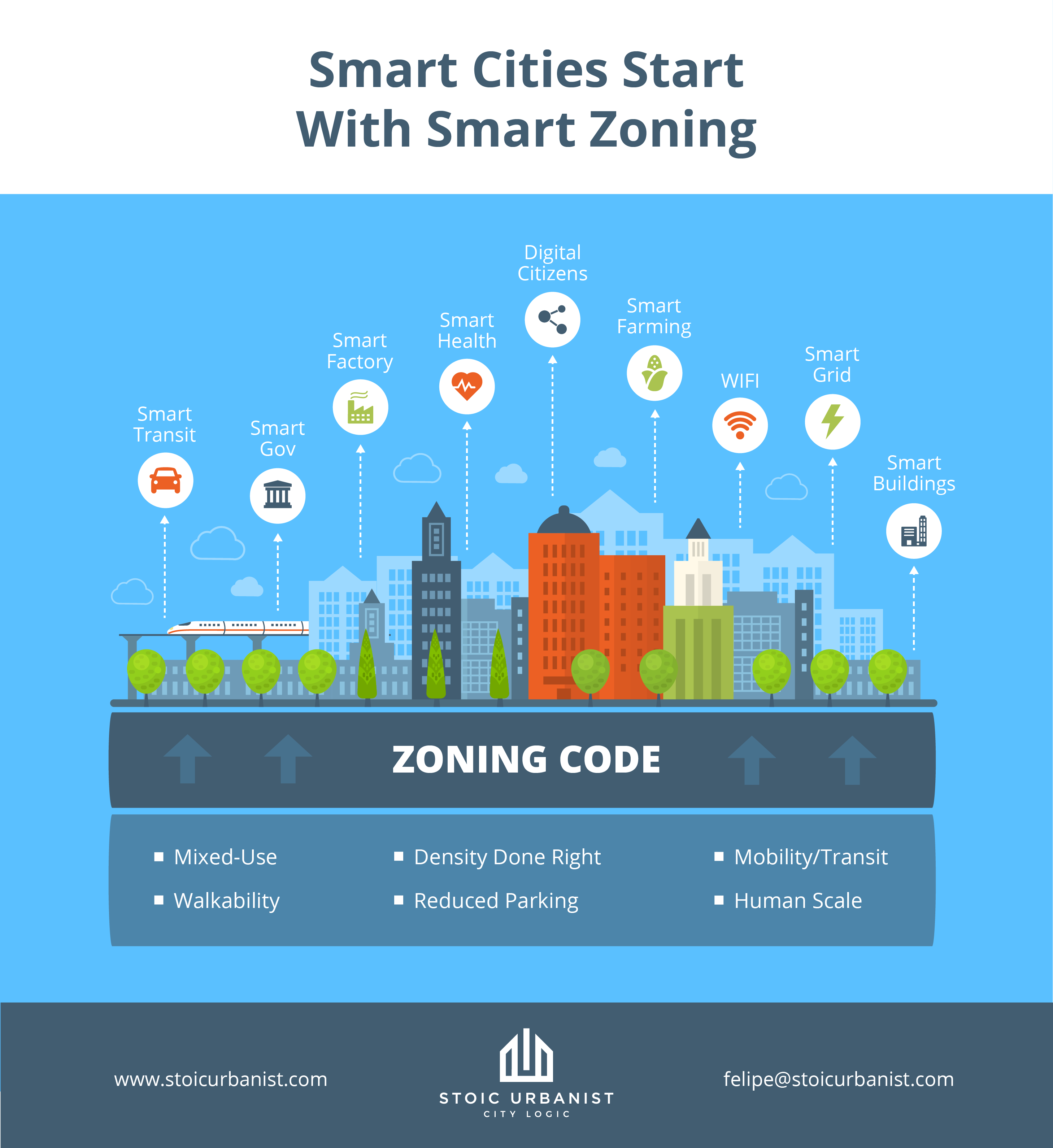There’s been a lot of talk lately about “Smart Cities”. So what is a Smart City? According to Techopedia:
“A smart city is a designation given to a city that incorporates information and communication technologies (ICT) to enhance the quality and performance of urban services such as energy, transportation, and utilities in order to reduce resource consumption, wastage and overall costs. The overarching aim of a smart city is to enhance the quality of living for its citizens through smart technology.”
The Smart City movement seems to be predicated on the embedding of computerized sensors into the urban fabric. This means that car and bike shares, parking, lamp posts, traffic lights, home appliances such as internet fridges and remote-controlled HVAC systems, all become part of the so-called “internet of things”.
One of the latest companies to launch a Smart City project is Sidewalk Labs, a Google company, which will attempt to build a “Smart Neighborhood” in Toronto. Last year Sidewalk Labs partnered with Waterfront Toronto to bring planning, process, community, and technology together in order to develop more than 800 acres of vacant land that sits just southeast of Downtown Toronto.
We should applaud Sidewalks Labs, a holistic approach to urban planning, development, and construction. This type of out-of-the-box thinking is what drives innovation. However, technology alone won’t considerably improve the quality of life in our cities.

Technology and data collection are powerful and can help us better plan our cities as well as increase efficiencies. However, if we truly want to build cities that have an excellent quality of life we need to get zoning right. If your city’s zoning code promotes sprawl and automobile dependency Smart City technologies won’t save your city.
The invisible hand that guides a city’s development and future growth is zoning. Zoning builds the foundation of your city. If your city’s zoning code doesn’t encourage density, mixed-uses, walkability, transit/mobility options and reduced parking requirements there is probably little or no hope for your city. If the end goal is to build a city that is walkable, transit-friendly and less reliant on the automobile, start with smarter zoning or you’ll end up like Tuscon, Arizona or Houston, TX.
When thinking of “Great Cities” Toronto, London, Vancouver, Seattle, Paris, Tokyo, Vienna, and Curitiba all come to mind. What makes the quality of life so great in these cities?
Great cities:
- Are walkable
- Encourage density
- Provide mobility options (transit, biking, walking)
- Are less reliant on motor-vehicles
- Have reduced or eliminated minimum parking requirements
So if you want a want a Smart City, start with smarter zoning.
